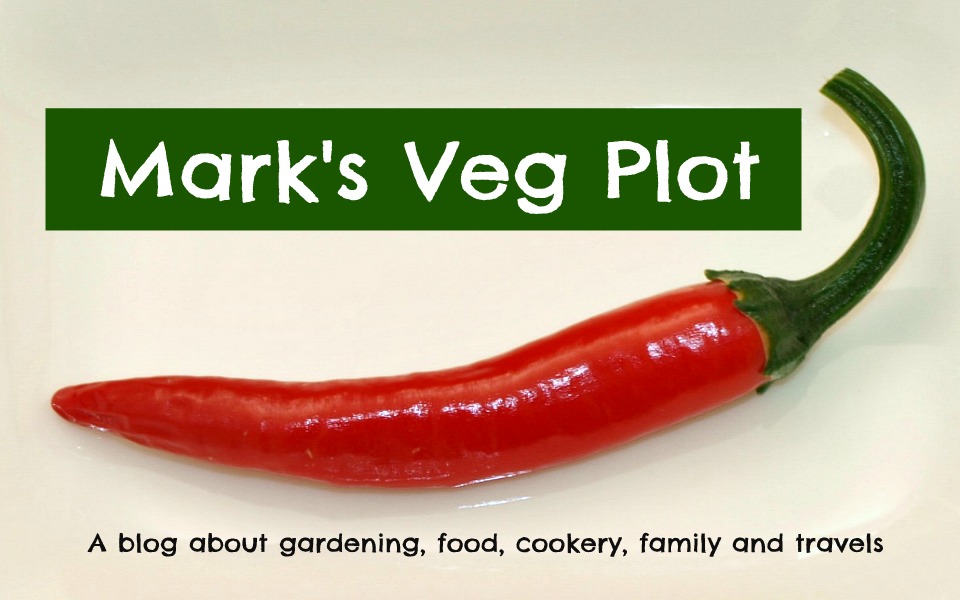The meat of a pheasant can be a bit dry. This is why a bird is often covered with fatty bacon when roasted conventionally in an oven. Another way to produce more tender meat is the pot roasting method. Actually it is more like braising, since it involves a lot of liquid. This is the method I used recently to produce my dish of pot roasted pheasant with parlsey mash...
In the freezer we had a pheasant bought some months ago on the Farmers' Market, and it needed using up. In my opinion, pheasant is a Winter meat, and with Spring now well established, it seemed appropriate to get on and use it.
Having thoroughly de-frosted the bird, I browned it in hot oil in a large deep pan, removed it and set it aside for a short time while I lightly cooked some sliced onions and some smoked bacon, in the same pan. I also added a couple of crushed cloves of garlic. Then the pheasant went back in the pan and I added a couple of carrots, a large potato (peeled and cut into chunks), two Bay leaves, a large sprig of Rosemary, a handful of Thyme, some salt and pepper and about a litre of chicken stock.
Once the liquid had returned to the boil, I covered the pan and put it in the oven, where it cooked at about 140C for the next two and a half hours. I checked it a couple of times to make sure it was not boiling too hard, and I added a bit more water at one stage, and basted the exposed parts of the bird.
After its two and a half hours, the meat on the bird was "falling apart tender", so I removed the whole pheasant from the pan and carefully dismembered it, reserving the nice meat but discarding skin, bones, cartilage etc. I covered the meat with foil to keep it warm, while I prepared the sauce.
I strained the cooking liquor through a sieve and then pushed as much as possible of the solids through the sieve as well - by this time the veg was very soft indeed. I put the resulting liquid into a small pan and boiled it hard to reduce it, adding a teaspoonful of slaked cornflower to help achieve a suitable ("velvety") texture.
Meanwhile I cooked some potatoes and mashed them with some butter and added a good handful of chopped parlsey (all the herbs came from the garden). The final element of my dish was some Purple Sprouting Broccoli (again from the garden), which was simply steamed until tender - right at the last minute. This was probably the most difficult part! Getting broccoli to be tender without being over-cooked is a matter of fine judgement. The difference between tough and stringy and nicely cooked is sometimes only a matter of seconds.
Anyway, it all came good in the end. This is what it looked like:-
In my opinion, the star of the show was the sauce / gravy. It was lovely and smooth, and deliciously flavoured - very savoury and "Umami". The meat was good too. Pheasant meat is not particularly gamey; rather akin to Guinea-Fowl, I would say, but stronger than chicken. As I said at the beginning though, it can be a bit dry, so I was glad I had used the pot roasting method. I also think I did the right thing in removing the meat from the bone, since it was so much easier to manage on the plate.
And the broccoli? Well folks, you know it's my favourite veg (at this point in time), so of course it was "perfect"!
